Assessing Unit Readiness: Case Study of an Air Force Fighter Wing
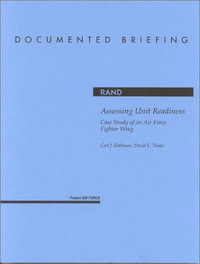
Summary
Ongoing allegations of problems with readiness in the current environment of constrained resources and demanding contingency requirements have driven efforts to characterize the effect of this environment of representative operational unit and to capture the features in a readiness management system. A broad recipe for assessing readiness involves defining what is healthy, evaluating the current and future status, and identifying where that status deviates from a healthy state. Results indicate that the fighter wing faces a mismatch between the tasks it must accomplish and the resources at its disposal. Withour the proper standards and the right metrics for tracking how units can meet those standards, senior management will be unable to identify and assess shortfalls in readiness throughout the force.
Similar Books
-
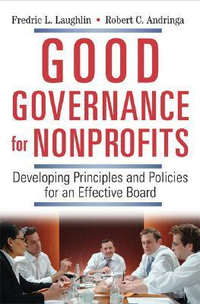 Good Governance for Nonprofits: Developing Principles and Policies for an Effective Board
Good Governance for Nonprofits: Developing Principles and Policies for an Effective Boardby Fredric L. Laughlin
-
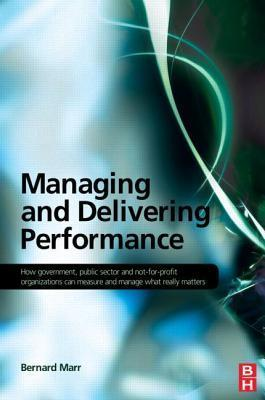 Managing and Delivering Performance
Managing and Delivering Performanceby Bernard Marr
-
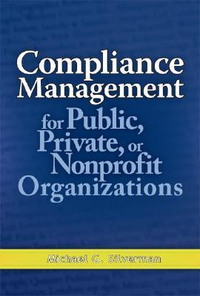
-
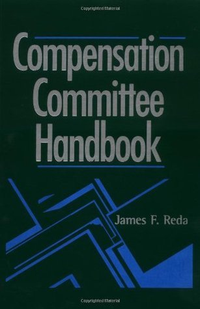 Compensation Committee Handbook
Compensation Committee Handbookby James F. Reda
-
 Information Assurance: Managing Organizational IT Security Risks
Information Assurance: Managing Organizational IT Security Risksby Joseph Boyce Employee of the Department of Defense
-
 Corporate Fraud: Case Studies in Detection and Prevention
Corporate Fraud: Case Studies in Detection and Preventionby John D. O'Gara
-
 Contracting in a Managed Care Environment: Market-Based Approaches
Contracting in a Managed Care Environment: Market-Based Approachesby Robert Bonney
-
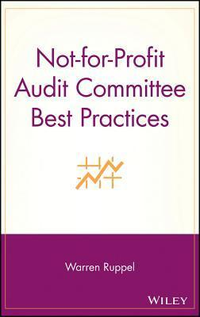 Not-for-Profit Audit Committee Best Practices
Not-for-Profit Audit Committee Best Practicesby Warren Ruppel
-

-
 A Process for Prudent Institutional Investment
A Process for Prudent Institutional Investmentby Daniel C. Bancroft
-
 Critical issues in public personnel policy
Critical issues in public personnel policyby Ronald D. Sylvia
-
 The Fundamentals of Public Personnel Management
The Fundamentals of Public Personnel Managementby J. Cheminais
-
 Property Management
Property Managementby Mark Deakin
-
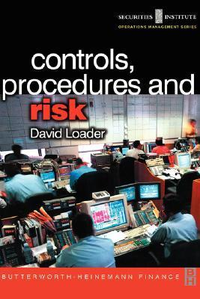 Controls, Procedures and Risk
Controls, Procedures and Riskby David Loader
-
 Intellectual Property: Auditing the Process
Intellectual Property: Auditing the Processby James Scott Fargason
-
 Corporate Legal Compliance Handbook
Corporate Legal Compliance Handbookby Theodore L. Banks
-
 Financial Management of Life Insurance Companies
Financial Management of Life Insurance Companiesby J. David Cummins